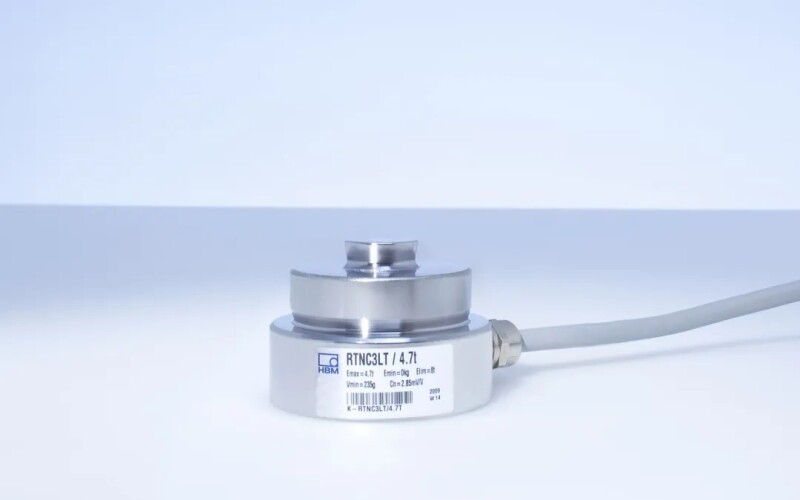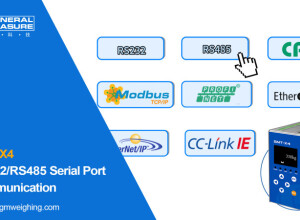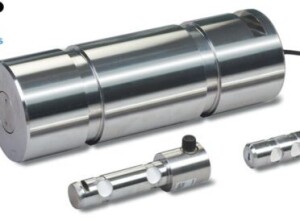Weightru (United Kingdom) - We weigh a lot of things for a lot of different reasons.
Chances are, if you’re on a diet, you stand on scales every so often to check your breakfast. Or, you may want to weigh out your food before you cook.
Similarly, if you’re sending a parcel, you’ll probably get it weighed at the Post Office or you may buy loose grocery products based on their weight and sometimes it’s to check a vehicle load to ensure your compliance with road regulations.
With so much of our world driven by weight, the accuracy of weighing is very important.
Have you ever stopped to wonder, how do weighing scales even work?
Well, let’s take a closer look!
Weight and Mass:
Before we start, let’s just be clear about the difference between weight and mass.
Generally speaking, when we’re referring to weight, we actually mean mass. Whether it’s measured in kilograms, stones, pounds or ounces, these are all units of mass and not weight.
The difference is, mass is the amount of matter an object is made from whereas weight is the measurement of how much the force of gravity acts on a given amount of mass and so it should be measured in newtons.
Sounds a little confusing, but weight is the gravitational interaction between objects that have mass and mass is how much “stuff” is in an object.
Anyhow, it’s acceptable to refer to weights in mass units, (e.g. kilograms) because any mass on Earth converts to weight the same way anyway. You don’t hear people saying, “I weigh 700 newtons”, but scientifically speaking, they should!
How Do Weighing Scales Work?
Traditionally, scales consisted of two plates or bowls that were suspended at the same distance from the middle.
Then, a series of different weights were used to make the two sides the same level. For example, you would add objects that you knew the weight of so you could work out the weight of the item on the other side. Sometimes known as beam balance scales, this required manual work by adding counterweights until the beam was completely horizontal.
Given technological advancements, we are now able to measure weight digitally.
Modern Weighing Scales:
Almost all digital scales used today, be it for medical, industrial, retail or personal purposes, work through devices known as load cells which record the weight. A load cell is a force transducer, which basically converts force into an electrical signal that can be measured.
Essentially, when any weight is placed onto the scale, this causes the load cell to bend a little, and that triggers the electrical signal that runs through the load cell to change.
In other words, as force is applied, the load cell increases and the electrical signal changes accordingly. The signal then is read by an electronic device and transforms it into a digital weight value which is then displayed for the reading. And, no matter how complex the scale and weight indicator is, they all work in similar ways.
Load Cells:
Differences between the types of scales and how they work are dependent on the type of load cells in the device.
Here are three main types:
Strain Gauge
This is the most popular type of load cell used in industrial settings, as it is highly accurate, versatile and cost-effective.
In terms of structure, the load cell has a metal body, usually aluminum or steel, where strain gauges have been fixed to it. These metals are used as they’re sturdy and have minimal elasticity, which gives it a spring element; when force is applied on the load cell, the spring element slightly changes shape but returns to its original form – unless overloaded. As this change happens, the strain gauge also deforms and this is measured in voltage. And the change in voltage is proportional to the amount of force applied to the load cell, therefore calculates weight from the output.
Otherwise known as Wheatstone Bridge configuration: an electrical circuit which measures resistance and gives accurate measurements when it is bent under the weight of an object.
Pneumatic Load Cells:
These cells deal with air pressure and are designed to automatically regulate the balance. How it works is air pressure is applied to one of the diaphragm and then it passes through the tube placed at the bottom of the load call. The pressure gauge is attached to the load call to measure how much pressure is inside, which is used to determine how heavy the object is. Then, the pressure gauge converts this into an electrical signal to give a reading.
Hydraulic Load Cells
These cells work by using a liquid like water or oil, for example.
Scales that have hydraulic load cells work like pneumatic load cells, but rather than using air they use a piston and a pressurised fluid.
When an object is placed on the scale, the movement of the piston causes an increase in pressure and once calibrated, you can take an accurate measure of weight.
By mvoice.
























Interested? Submit your enquiry using the form below:
Only available for registered users. Sign In to your account or register here.